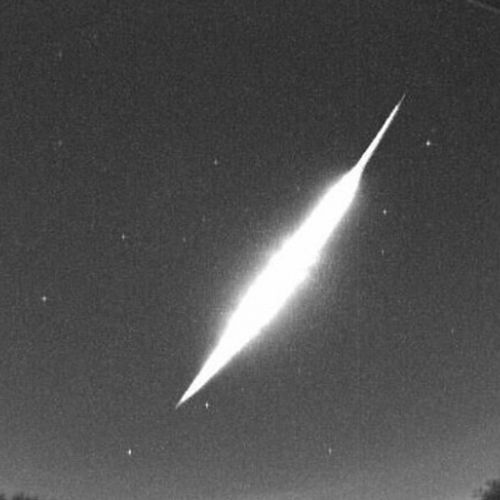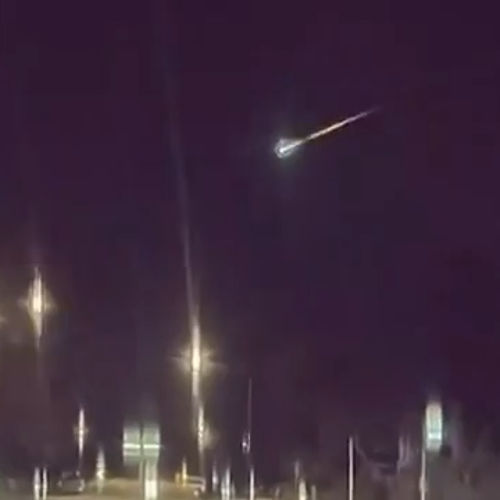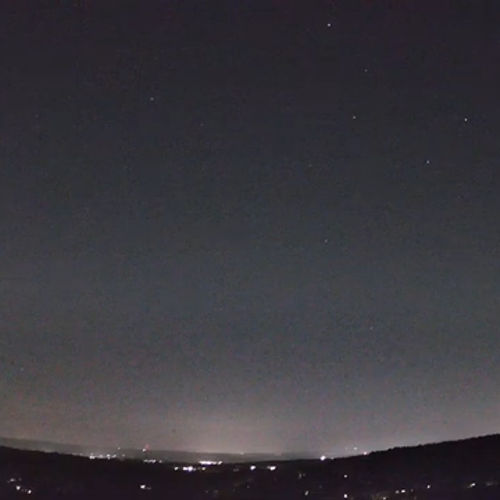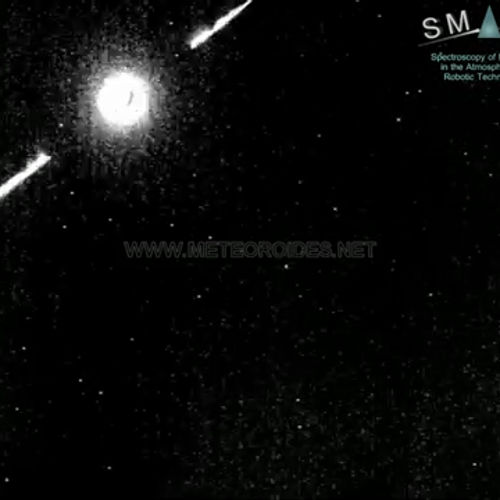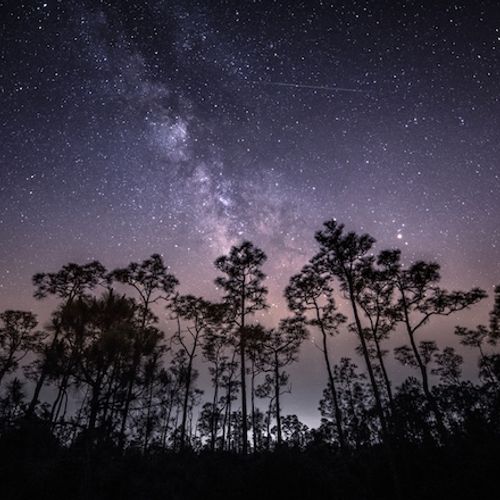
| Added | Mon, 01/05/2017 |
| Источники | |
| Дата публикации | Thu, 27/04/2017
|
| Версии |
Currently, the Earth passes through a meteor shower high activity of ETA-Aquarids, making astronomy night (assuming clear weather) may witness the so-called "star rain". For the "falling stars" to the naked eye can be seen until mid-may, and peak flow, according to calculations of scientists, will be on may 6.
Bill Cooke, who heads the Office for the study of the environment with the danger of meteor NASA, in an interview Space.com announced that from 22 April to 20 may in the night sky every hour can be observed an average of 30 meteors. According to him, the number of visible meteors will increase closer to dawn.
For observers from the Earth, the source of the meteors will appear to be a star This is one of the brightest stars in the constellation of Aquarius. In the middle latitudes, the radiant of a meteor shower (the point from which a visual meteors originate) will be not very high in the sky, the observation of the "stars" in these areas, Land needs to find a dark, not lit by artificial lights a patch of sky on a clear southern horizon.
Although it seems that the meteors appear from the same point of the horizon, experts recommend to focus only on the radiant waiting for the next meteor. In this case, you'll miss the meteors that leave behind a very long and bright stripes. According to bill cook, it is best to lie on your back and look straight up. In this way the observer receives the widest possible review of the sky, not straining the neck.
Note that the ETA-Aquarids are associated with Halley's comet, but they parted ways a long time ago.
"All the meteors are moving in the orbit of the comet. When they leave the comet, the speed is changed, and this change of their orbit. They start to interact with other forces, besides gravity, such as radiation pressure, and even the interplanetary gas," said bill cook.
Despite the fact that the activity-akvarid far below the most famous meteor shower of the Perseids, seen in August, his meteors, according to experts, burning even brighter. That is why the lovers of heavenly views should not miss the May Aquarids.
Translated by «Yandex.Translator»
© Mavenvision | Shutterstock.com
Translated by «Yandex.Translator»
Новости со схожими версиями
Log in or register to post comments


